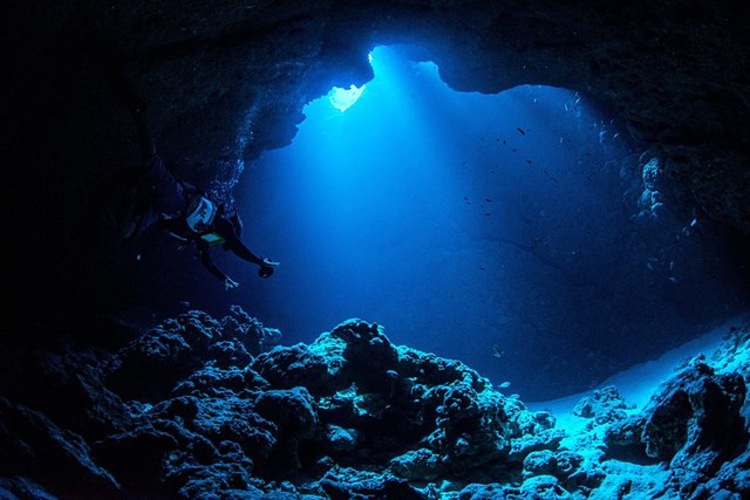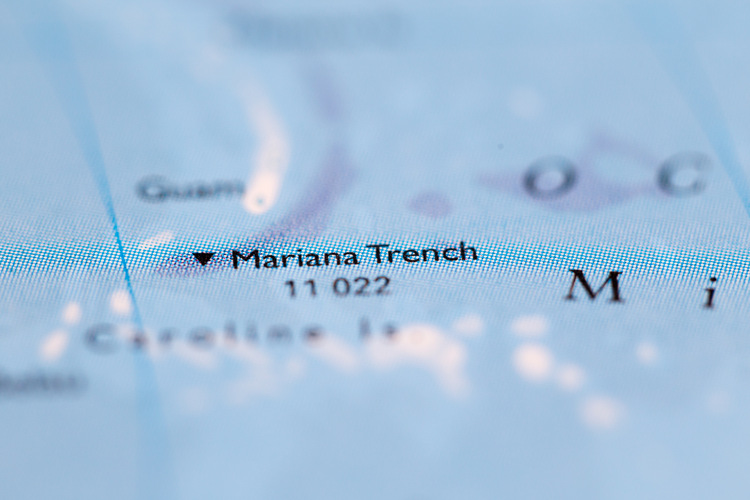
Magnetotactic bacteria found on a deep-sea hydrothermal vent near Mariana Trench align themselves with Earth’s magnetic field
By
The discovery of magnetotactic bacteria – able to align itself with the Earth’s magnetic field – in a deep-sea hydrothermal vent in the Mariana Trough has revealed its remarkable ability to survive in deep ocean conditions.
Previously found on land and in shallow water, magnetotactic bacteria (also known as magnetofossils) contain iron crystals in their membranes, which can align with the Earth’s magnetic field to act as a compass for the bacteria – but have never been found before in the Mariana Trough, a huge back-basin in the Western Pacific measuring 1,300km across – around the same distance between London and Rome.
The Mariana Trough is surrounded to the west by the West Mariana Ridge; to the east by the Mariana Arc, and to the south by the Challenger Deep, part of the Mariana Trench – the deepest-known point of the sea, at 10,935 metres (35,876 feet).
Related articles

The magnetic capabilities of magnetotactic bacteria lie within the presence of magnetosomes – crystals made of iron that can arrange themselves in accordance with the Earth’s magnetic field, acting as a compass for the bacteria. The bacteria are also crucial in the biogeochemical cycling of carbon, nitrogen and phosphorous elements in their environment.
Crucially, these bacteria – whose existence can be traced in rocks for billions of years – are able to provide scientists with historical records of changing magnetic poles on Earth.
In 1996, iron-crystal fossils which resembled bacterial life were found in a 3.6-billion-year-old Martian meteorite, Allan Hills 84001. Although scepticism has since clouded the initial global excitement of this discovery, Associate Professor of the University of Tokyo – which discovered the magnetotactic bacteria in deep-sea vents – Yohey Suzuki, believes that these bacteria can potentially help scientists to understand the early life of bacteria on Earth, and on other planets such as Mars.
Finding magnetotactic bacteria
Back in September 2012, researchers from the University of Tokyo began an expedition to the southern Mariana Trough – near the Mariana Trench – in the western Pacific Ocean. After retrieving a hydrothermal vent ‘chimney’ from a depth of 2,787 metres – over six times the height of the Empire State Building in New York City – they discovered thriving magnetotactic bacteria on the chimney.
‘The environment where we collected the bacteria bears resemblance to the conditions on Mars approximately three billion years ago when there existed flowing water on its surface,’ said Suzuki.
The researchers were able to use a magnet to collect bacteria from the edge of the chimney found in the Mariana Trough and analyse its genetic information. They discovered that it was closely related to nitrospinae, a bacteria known for its role in carbon fixation in the deep sea – which had not been identified before as having magnetotactic properties.
‘The bacteria we collected had predominantly ‘bullet’-shaped magnetosomes, which we consider to be a ‘primitive’ form. Based on this, we inferred that these bacteria have undergone minimal changes over countless millennia. Interestingly, the environment in which we found them resembles the conditions of early Earth approximately 3.5 billion years ago, when the precursor of magnetotactic bacteria is believed to have emerged,’ Suzuki continued.
Hydrothermal vents are created when seawater gets into the Earth’s crust, causing the water to be heated via magma to temperatures up to 400ºC. Intense heat forces the water back to the surface alongside minerals and metals, which eventually accumulate to form chimney-like structures on the ocean floor. Having a nutrient-rich, warm habitat, these hydrothermal vents can support a wide range of life – with some vents in the Mariana Trench observed releasing black chemical bacteria in an expedition back in 2016.




